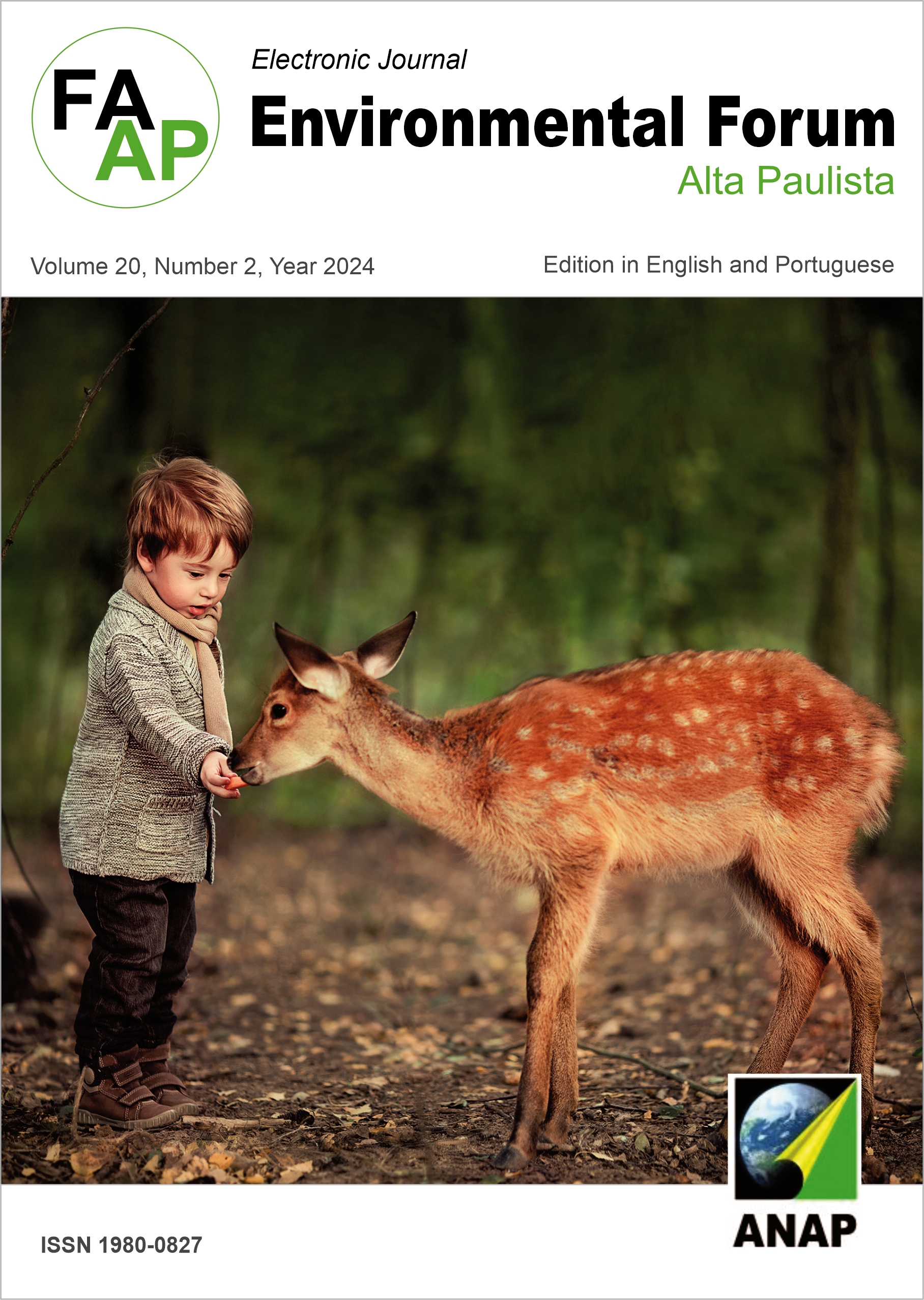Proposing compensatory drainage measures as a participatory governance tool
The case of the Tiburtino Watershed, São Paulo/ SP
DOI:
https://doi.org/10.17271/1980082720220245297Keywords:
Drainage, Resilience, SDG 11Abstract
This paper addresses the problem of flooding in the Tiburtino Stream Watershed, focusing on a desirable adaptation towards urban resilience oriented towards environmentally fragile areas of the basin. It is assumed that the construction of small parallel reservoirs located upstream of the critical points of event occurrences would considerably mitigate their severity and intensity, thus indicating a feasible possibility of adaptation that must be taken into consideration by the competent authorities when planning. of future urban drainage actions in the region. The method used was the convolution of the SCS Unitary Hydrogram from upstream to downstream of the watershed, and Lapa Market was defined as the measurement point – a critical location in terms of occurrences – for a quantitative verification of the damping of the peak flow in two scenarios: a single reservoir, of larger proportion; distributed smaller reservoirs. The results validated the initial hypothesis, demonstrating that small reservoirs located below the road system are as efficient or more efficient than a single reservoir of more robust proportions with a high potential for environmental impact.
Downloads
Downloads
Published
Issue
Section
License
Copyright (c) 2024 Electronic Journal "Fórum Ambiental da Alta Paulista"

This work is licensed under a Creative Commons Attribution 4.0 International License.












